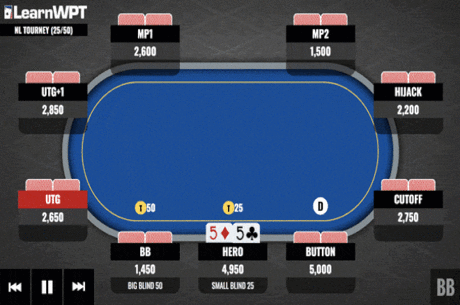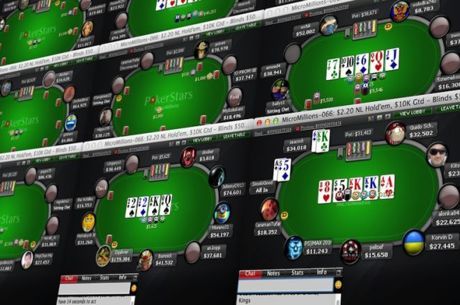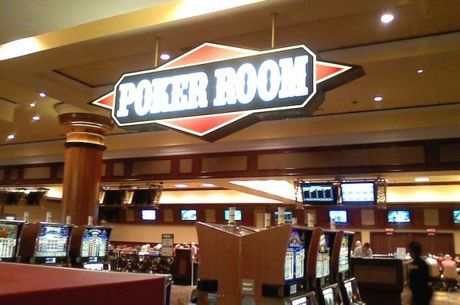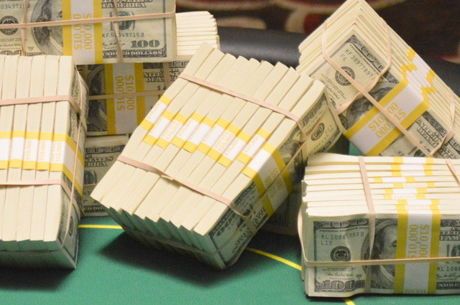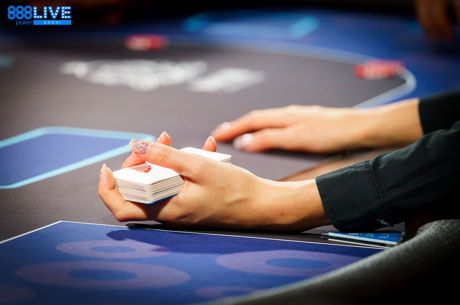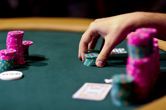Strategy Vault: Does Your Opponent Have a Flush? Here��s How to Tell
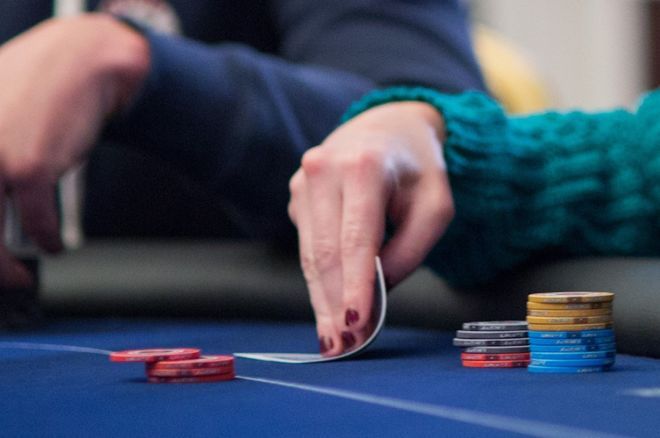
Digging deep into the PokerNews strategy archives can unearth some buried treasure for seekers of strategy gems. This edition of the Strategy Vault shares a specific tip to help players when facing a very common postflop situation in no-limit hold'em �� trying to figure out if your opponent has made a flush or not.
Does he have it?
One of the frequent puzzles you have to solve when playing no-limit hold'em is the situation in which you have either top pair on the flop or an overpair to the board, but by the end of the hand you have to figure out whether your opponent made a flush.
If I could do this correctly every single time, I'd be rich. I'm not rich, so you can be sure I don't have a 100 percent accurate formula worked out. But there's a tell involved in this situation that arises frequently enough that it's well worth knowing about.
A couple of years ago, I was playing my usual game, $1/$2 no-limit hold'em. Early in the session, I was in the small blind with 9x8x-offsuit, and after one player made a small raise and another called, I decided to call as well. (If you want to question the wisdom of that call, I won't fault you, though it worked out well this time.) The flop was a delightful Kx8x8x, with two hearts.
I decided to fast play this situation, and made a lead-out bet. The original raiser folded, then the other player called. His most likely hands were a Kx, an 8x, or a flush draw.
The turn was a third heart. Before I acted, I noticed that he rechecked his hole cards. A-ha! That strongly suggested that he did not have a flush draw that had just come in.
Why do I say this? Here's why.
Most recreational players don't memorize the suits of their cards. They retain a visual memory that they have either two red cards, two black cards, or one red and one black, but they don't know the suits with any confidence.
If he'd had two red cards, he would have rechecked them on the flop to see if he had a flush draw before deciding whether to call. But he didn't. He only rechecked them on the turn, suggesting that he had one red card and one black card. He was checking to see if he now had a backdoor flush draw that he might make on the river.
After he called my flop bet, I was planning to check if a heart came on fourth street, thinking that the draw was his most likely hand, but when I saw him check his cards again when the third heart came, that changed my mind. I bet and he folded.
I think he probably had a black king and a smaller red card. Most likely, he discovered that his red card was a diamond, or it was a heart but too small for him to have confidence that his flush would be the winner even if the river brought a fourth heart.

The key to this tell is understanding that players want to know if they have a flush draw �� it makes a big difference in deciding whether to call. Having done so, they no longer need to recheck their hole cards once they actually make the flush. For the many players who exhibit this particular tell, then, the trick is to know that the "suit check" is intended to determine whether they have a flush draw, not whether they have a made flush.
If a player's hole cards are the same color (red or black), he'll tend to recheck them when the board has two cards of the same suit in that color. If his cards are of different colors, however, he'll usually check them only when the board has three of a suit in that color on the flop or turn.
This tell is common enough to be highly profitable and worth watching for, but is no more universal than anything else in poker. Some caveats:
- Some players always memorize the suits of their down cards, and never need to recheck them later in the hand. (I recommend this practice to you.)
- Some players do memorize their suits, but when their flush comes in they want to reassure themselves that they didn't misread their cards, so will recheck before committing a lot more money to the pot.
- Some players are aware of the tell I've described and are smart enough to use it deceptively against you. Such players will check their hole cards when a third suited card hits the board in order to make you think they only now have a draw, when their flush is actually made. Or they will check their cards when the flop has two of a suit in order to make you think they have the flush draw, so that they can bluff when the third suited card comes. But this species of player is relatively rare in low-stakes games.
Remember that a player rechecking his cards is most often looking for a flush draw rather than a completed flush, and you'll be well on your way to knowing how to play your big pair against him.
Robert Woolley lives in Asheville, NC. He spent several years in Las Vegas and chronicled his life in poker on the "Poker Grump" blog.

